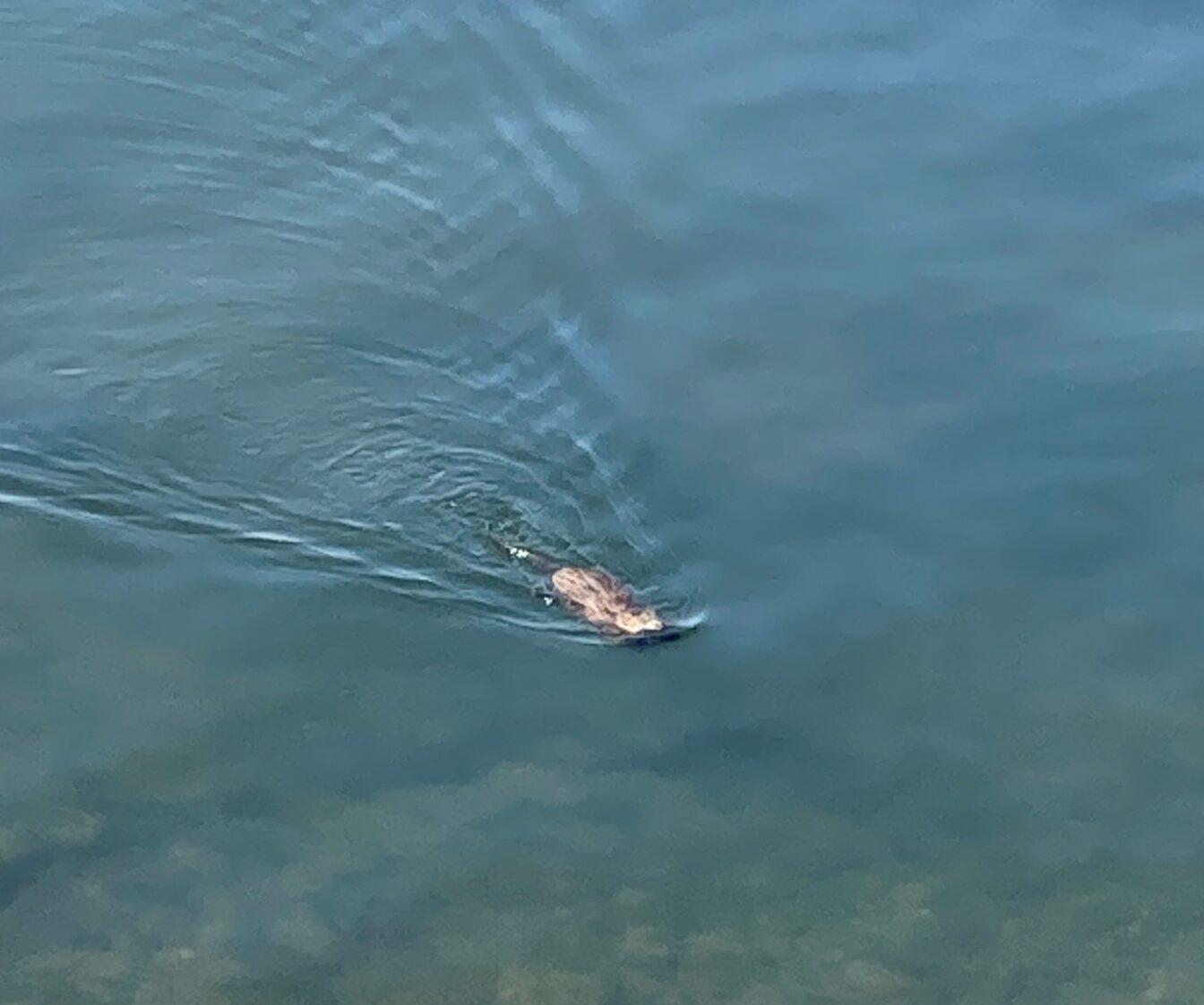Spring means muskrats are back! University of Wisconsin students and frequent walkers may notice an increase in sightings of furry friends on the Lakeshore Path along Lake Mendota.
According to the Wisconsin Department of Natural Resources, muskrats are semi-aquatic mammals, which is why they’re seen around large bodies of water. When the lake is frozen, the animals dig dens in the dirt along the water. In other areas where the bank isn’t as high, muskrats build “houses” out of sticks, mud and other materials.
Wisconsin DNR Furbearer Ecologist Shawn Rossler said muskrats make their entrance to the den below the water line, so they have a safer exit and entry point to their homes.
According to Rossler, the reason people see an increase in muskrats this time of year is because they are more active in the warm weather. Another reason is because muskrats are known as “runners.”
People often see muskrats running around in the spring because they are looking for new territory or food sources to replenish what they ate over the winter. They are especially abundant near wetlands, lakes and rivers because of the good food sources surrounding these areas.
The Wisconsin DNR says muskrats need fresh vegetation every day. They often feed on bulrushes and cattails, but will also munch on fruits and vegetables. During the winter, when the lake is frozen, they dig channels underground to forage. By eating bulrushes and cattails they are clearing waterways to prevent clogs and overflow.
Many people confuse these brown creatures with the beaver, but there are a few differences. Muskrats have a long thin tail, as opposed to the beaver’s wider and flat tail. Also, muskrats weigh only 2-3 pounds, whereas a beaver averages 30-50 pounds, according to the Wisconsin DNR website.
Due to their small size, muskrats are prey for bigger wildlife such as river otters, coyotes, snapping turtles and large fish.
“Muskrats are an important component of many food webs,” says Rossler.
Rossler said Wisconsin muskrats will typically have 12-24 babies per year. Some people hunt muskrats so it’s important they have many babies and a healthy environment to maintain a steady population.


